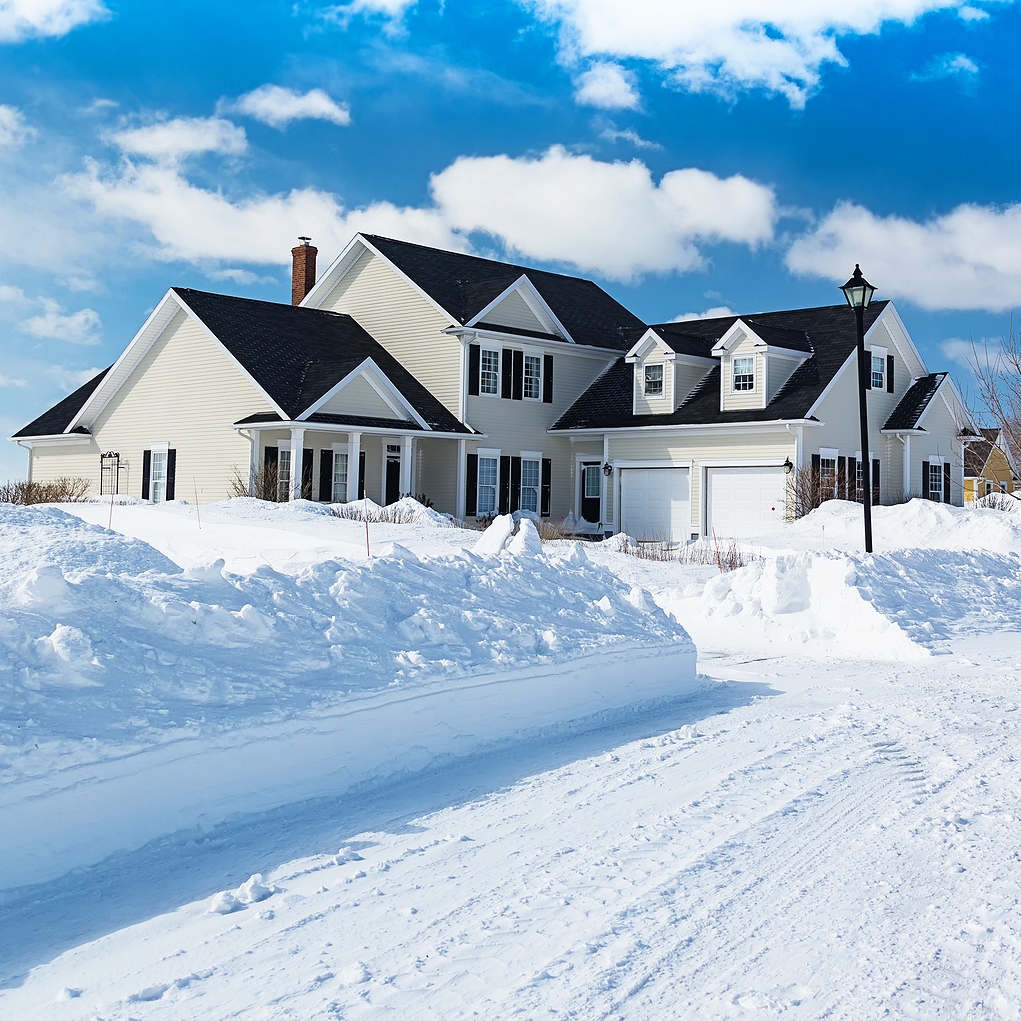Moving to a new home during the winter months presents a unique set of challenges and opportunities. While the colder season often brings about inclement weather conditions, such as snow and ice, which can complicate the logistics of moving, it also offers certain advantages. Notably, the demand for moving services decreases during winter, leading to more flexible scheduling options and potential cost savings.
According to industry insights, moving companies often offer discounts during the off-peak season, with some reductions reaching up to 15% or more. Additionally, the real estate market tends to be less competitive in winter, providing buyers with more negotiating power and a broader selection of available properties.
It's essential to weigh these benefits against the potential drawbacks, such as unpredictable weather and shorter daylight hours, which can impact the overall moving experience.
Navigating the Challenges of Moving into a New Home in Winter
Relocating to a new home is a significant endeavor, and when undertaken during the winter months, it introduces a unique set of challenges. From selling your current residence at the optimal time to braving unpredictable weather conditions, each step requires meticulous planning and adaptability.
We will delve into the intricacies of winter moving, offering insights and strategies to ensure a seamless transition during the colder season.
Selling Your Home: Timing And Strategies
Determining the right time to sell your home is key, especially when planning a move during winter. Traditionally, spring is considered the prime season for home sales.
According to a report by Bankrate, homes sold in May achieve a seller premium of 13.1%, the highest of any month. However, waiting for spring isn't always feasible or advantageous.
Listing your property during winter can offer distinct benefits. With fewer homes on the market, competition decreases, allowing your property to stand out to serious buyers who are motivated to purchase despite the season. U.S. News highlights that winter listings often face less competition, which can be advantageous for sellers.
To enhance your home's appeal during winter:
- Maintain Curb Appeal: Ensure pathways are clear of snow and ice and consider adding outdoor lighting to brighten shorter days.
- Create a Cozy Atmosphere: Warm interiors with adequate heating and inviting scents can make your home more appealing during showings.
- Highlight Energy Efficiency: Emphasize features like new insulation or energy-efficient windows, which are particularly attractive during colder months.
Ultimately, the decision to sell in winter should align with your personal circumstances and market conditions. Consulting a real estate professional can provide tailored advice to navigate this decision effectively.
Weather-Related Moving Challenges
Winter weather introduces several obstacles to the moving process. Snow, ice, and freezing temperatures can complicate transportation and pose safety risks. American Family Insurance notes that icy paths and unpredictable weather are significant concerns during winter moves.
To mitigate weather-related issues:
- Monitor Forecasts: Keep a close eye on weather predictions leading up to your move and have contingency plans in place.
- Prepare Your Vehicle: Equip your car with winter essentials like snow tires, ice scrapers, and emergency kits.
- Hire Professional Movers: Experienced movers are adept at handling winter conditions and can navigate challenges more effectively.
Ensuring safety and preparedness can significantly reduce the stress associated with winter relocations.
Protecting Belongings from Cold Damage
Cold temperatures can adversely affect certain household items. Electronics, wooden furniture, and delicate items are particularly susceptible to damage in freezing conditions.
Moving companies emphasize the importance of protecting belongings from extreme cold during winter moves.
Protective measures include:
- Use Insulated Packing Materials: Wrap sensitive items in thermal blankets or bubble wrap to provide insulation.
- Avoid Prolonged Exposure: Minimize the time items spend outside by coordinating efficient loading and unloading.
- Climate-Controlled Storage: If delays occur, consider using storage facilities that offer temperature control to safeguard your possessions.
Taking these precautions helps preserve the integrity of your belongings during the move.
Managing Utilities and Home Comfort
Arriving at a new home without functioning utilities can be particularly challenging in winter. Ensuring that heating, electricity, and water are operational before move-in day is necessary. American Family Insurance advises setting up utilities in advance to avoid discomfort.
Steps to ensure home comfort:
- Schedule Utility Transfers Early: Contact utility providers ahead of time to schedule service activation.
- Inspect Heating Systems: Have the heating system checked and serviced if necessary to guarantee functionality.
- Prepare for Emergencies: Keep space heaters and extra blankets accessible in case of unexpected heating issues.
Proactive management of utilities contributes to a comfortable and smooth transition into your new home.
Navigating Shorter Daylight Hours
Winter's limited daylight can constrain moving activities, making scheduling more challenging. Moving.com points out that shorter days require careful planning to maximize available light.
To adapt to reduced daylight:
- Start Early: Begin moving activities early in the day to take full advantage of natural light.
- Utilize Portable Lighting: Equip areas with additional lighting to facilitate safe moving in dim conditions.
- Plan for Delays: Allocate extra time in your schedule to accommodate slower progress due to limited visibility.
Effective time management helps mitigate the impact of shorter days on your moving process.
Wrapping Up
While winter moving comes with its share of logistical hurdles, it also offers an opportunity to develop adaptability and resilience—qualities that can be beneficial in other areas of life, especially during major transitions. One underrated advantage is the availability of post-holiday deals on home essentials such as furniture, appliances, and decor.
Retailers often offer deep discounts in January and February, allowing new homeowners to furnish and personalize their spaces more affordably. Taking advantage of these seasonal sales can offset some of the extra costs associated with winter moves.
Embracing the timing strategically allows you not just to relocate efficiently but to settle into your new space with a financial and emotional head start.


